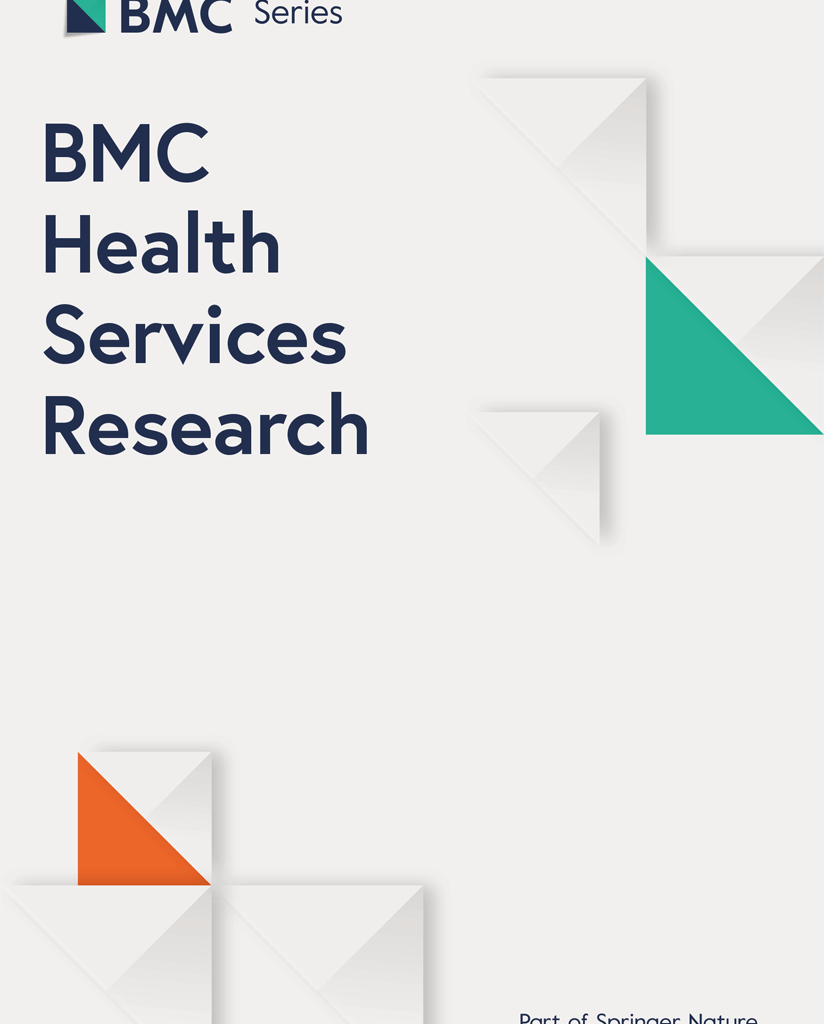General characteristics of the study respondents
A total of 83 healthcare workers participated in the study, with a majority being female (54.22%). Most participants (85.54%) were aged between 20 and 29 years. Nurses represented the largest group, accounting for 72.29% of the participants. Additionally, 46.99% of the participants had less than 5 years of work experience, while 53.01% had more than 5 years of experience. Furthermore, 59.04% of those surveyed worked in the emergency unit (Supplementary Table 1, Additional file 1).
Knowledge level regarding tetanus
The findings show that 62.65% of participants possess a low level of knowledge regarding tetanus (Table 1). Although over 86% of respondents accurately recognised tetanus as a severe, fatal, and reportable disease, only 39.76% understood it as a non-contagious and non-immunising toxic infection. Additionally, 63.86% of participants appropriately associated tetanus with anaerobic bacteria, and 66.27% identified the contamination of a necrotic wound or injury as the mode of transmission for the disease (Table 1).
Table 1 Evaluation of the general knowledge about tetanusDiagnostic attitudes toward tetanus
Among the 60 nurses and 23 physicians included in this survey, the accuracy of disease diagnosis was recorded at 43.48% for physicians and 25% for nurses. 61.67% of physicians and 60.87% of nurses were able to correctly identify the signs of adult tetanus as outlined by the WHO. Meanwhile, 73.33% of nurses and 30.43% of physicians who participated in the survey did not recognise the signs associated with confirmed neonatal tetanus. Furthermore, when it comes to understanding the risk factors that lead to the germination of tetanus toxins in injuries, only 20% of nurses and just 13.04% of physicians could identify these crucial elements (Table 2).
Table 2 Assessment of the diagnostic attitudes of healthcare workers regarding tetanusTreatment practices for tetanus cases
The survey results revealed that 81.67% of nurses and 86.96% of physicians among the participants were unable to accurately identify the primary focus of curative treatment for tetanus, and 95% of nurses and 91.30% of physicians incorrectly identified the tetanus vaccination protocol for post-exposure prophylaxis for both immunized and non-immunized patients (Supplementary Table 2, Additional file 1).
Preventive awareness of tetanus
60.24% of healthcare workers reported a lack of published guidelines or ongoing training on tetanus prevention measures and vaccination provided by the hospital, indicating a low overall level of preventive awareness among healthcare workers (Supplementary Table 3, Additional file 1).
Factors associated with healthcare workers’ knowledge, diagnostic attitudes, treatment practices and prevention awareness regarding tetanus management
No statistically significant associations were identified among demographic variables—including gender, age group, professional profile, seniority, and service of attachment—and knowledge levels regarding tetanus, diagnostic attitudes, treatment practices, and awareness of preventive measures (Supplementary Table 4, Additional file 1).
Impact of knowledge levels on healthcare workers’ Diagnosis, Treatment, and prevention levels of tetanus
The evaluation of the impact of knowledge levels on diagnostic attitudes, therapeutic practices, and preventive awareness related to tetanus reveals no statistically significant associations. In conclusion, individuals with elevated knowledge levels do not demonstrate a substantial difference in their diagnostic attitudes, treatment practices, or awareness of prevention strategies for tetanus compared to those with lower knowledge levels (Supplementary Table 5, Additional file 1).
Impact of diagnostic attitude levels on healthcare workers’ treatment and prevention levels of tetanus
Participants exhibiting lower diagnostic attitudes are significantly more prone to exhibit inadequate treatment practices, as indicated by a p-value of 0.02 and an odds ratio of 3.63 (95% CI: 1.24–10.58). Conversely, no statistically significant correlation was observed between the levels of diagnostic attitudes and the degree of awareness of disease prevention (Supplementary Table 6, Additional File 1).
Multivariate analysis
Logistic regression analysis revealed that the only significant predictor of prevention awareness was the professional profile. Nurses were more likely than physicians to demonstrate high prevention awareness (OR = 3.59; 95% CI: 1.12–12.90; p = 0.04). No significant associations were observed for gender, age group, seniority, or service. All four models demonstrated good fit (Hosmer–Lemeshow test, p > 0.05). Nagelkerke pseudo R² values ranged from 0.02 to 0.13, indicating low explanatory power. No evidence of multicollinearity was detected (all VIF < 2) (Table 3).
Table 3 Logistic regression analyses of factors associated with low levels of knowledge, diagnostic Attitudes, treatment Practices, and prevention awareness

